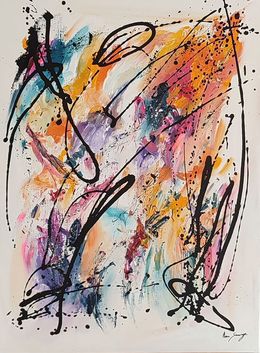
Palette knife painting
The painting knife, or palette knife, as it is often called, has been a part of painter's tools for many centuries. Originally, it wasn't used to apply paint or to produce impastos but to mix pigments, to superimpose one layer of paint over another to modify it appearance or to remove excess paint from the canvas. Consisting of a curved handle and a flexible steel blade, its shape is comparable to that of a small trowel. It was during the Renaissance that the palette knife began to be used for something other than its original purpose and that artists started to use it to paint. Before that, painters sought to create a realistic and therefore smooth result. But artists such as Rembrandt, Titian or Fragonard noticed that scraping paint to create impasto helped to create eye-catching texture, relief and light.
Gustave Courbet is well-known for having brought palette knives back into fashion in the 19th century, a pivotal period when the art of painting, and art in general, underwent many changes and transformations. He was followed by the Impressionists and the modern painters (Monet, Van Gogh, Turner, etc) who used it to create thick impastos. Impressionists were particularly keen on this tool which was well-suited to the way in which they sought to represent light realistically, as our eyes see it. The invention of the easel and paint tubes allowed them to leave their workshops and to paint outside, enabling them to depict the shimmering reflections of water and the ever changing nature. They applied paint quickly in small thin strokes on the canvas and created texture using the knife. To create this effect, they used oil paint and acrylic, working them as little as possible so as to ensure their thick, dense appearance.
On Artsper, find works by Aude Herlédan and Judith HM, amongst others who have transcribed the use of the palette knife in unique ways in their contemporary practice!
Save your search and find it in your favorites
Save your search to find it quickly
Saved search
Your search is accessible from the favorites tab > My favorite searches
Unsaved search
A problem occurred

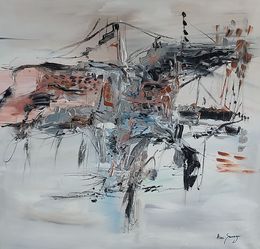
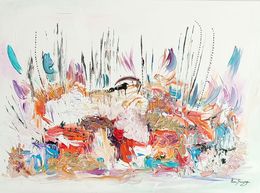
Partir sans se retourner
Âme Sauvage
Painting - 54 x 73 x 2.4 cm Painting - 21.3 x 28.7 x 0.9 inch
€550



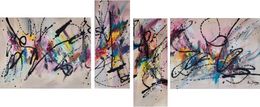

Le bleu de l'océan
Âme Sauvage
Painting - 97 x 130 x 2.4 cm Painting - 38.2 x 51.2 x 0.9 inch
€1,350



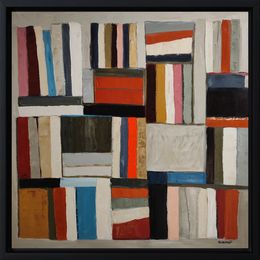
Promenade litteraire
Sophie Dumont
Painting - 80 x 80 x 2 cm Painting - 31.5 x 31.5 x 0.8 inch
€4,590
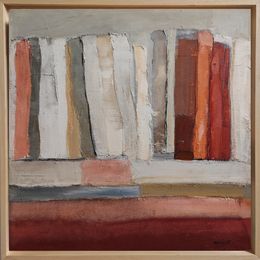
Les reliures rouges
Sophie Dumont
Painting - 60 x 60 x 2 cm Painting - 23.6 x 23.6 x 0.8 inch
€2,900
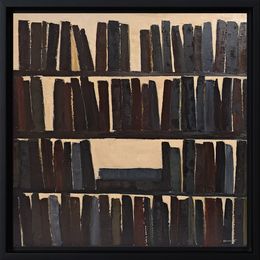
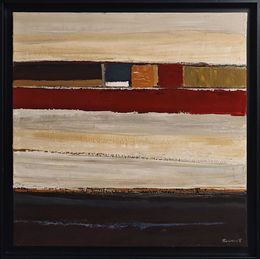
L'harmonie des espaces
Sophie Dumont
Painting - 60 x 60 x 2 cm Painting - 23.6 x 23.6 x 0.8 inch
€2,900


Peinture 12-2020-118
Alain Bécanne
Painting - 65 x 100 x 2.5 cm Painting - 25.6 x 39.4 x 1 inch
€700
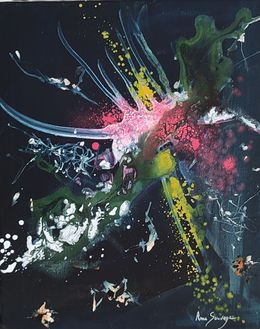

Les joies de la recherche
Âme Sauvage
Painting - 60 x 60 x 3.8 cm Painting - 23.6 x 23.6 x 1.5 inch
€600
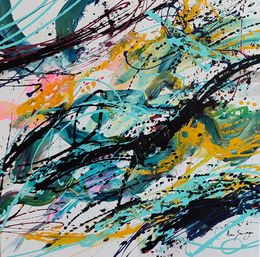
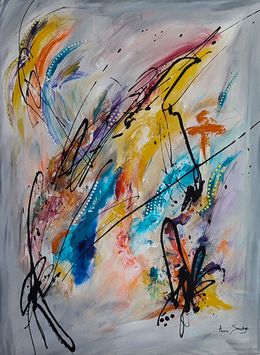
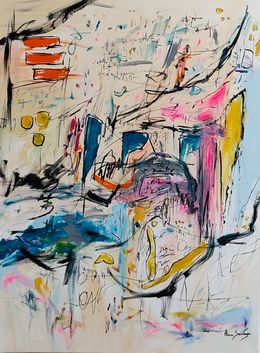
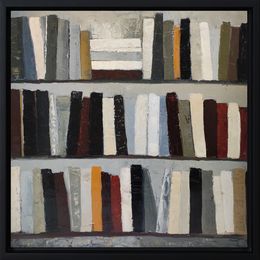

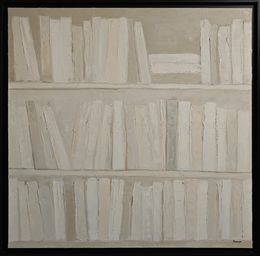


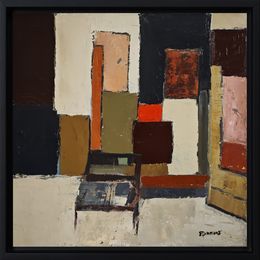
Partition interieure
Sophie Dumont
Painting - 40 x 40 x 2 cm Painting - 15.7 x 15.7 x 0.8 inch
€1,100
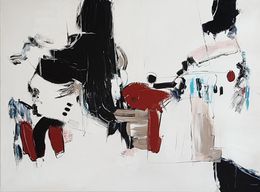

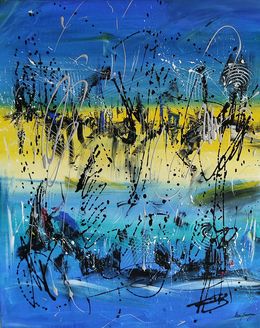

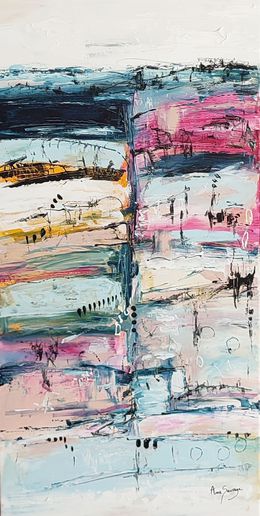
Les étages supérieurs
Âme Sauvage
Painting - 80 x 40 x 2.4 cm Painting - 31.5 x 15.7 x 0.9 inch
€600 €510
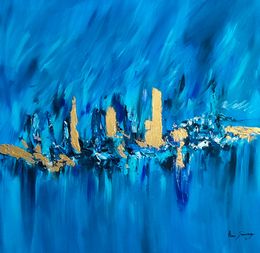
D'or et de bleu (avec de la feuille d'or 24 carats)
Âme Sauvage
Painting - 80 x 80 x 2.4 cm Painting - 31.5 x 31.5 x 0.9 inch
€1,600
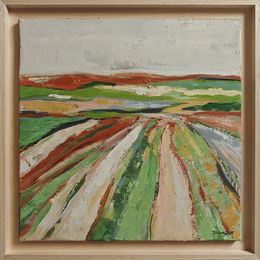
Lumiere des labours
Sophie Dumont
Painting - 40 x 40 x 2 cm Painting - 15.7 x 15.7 x 0.8 inch
€1,100
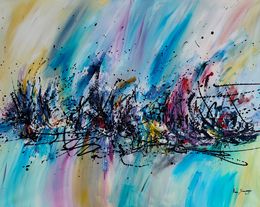
Pays caché de l'arc-en-ciel
Âme Sauvage
Painting - 81 x 100 x 2.4 cm Painting - 31.9 x 39.4 x 0.9 inch
€1,050
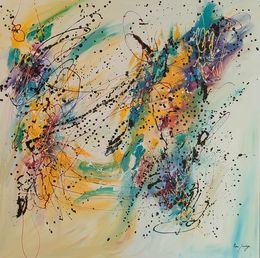
Le souffle intense
Âme Sauvage
Painting - 100 x 100 x 2.4 cm Painting - 39.4 x 39.4 x 0.9 inch
€1,100


Mountains of Majorelle Garden - Les montagnes N°2
Anaïs LF
Painting - 80 x 120 x 3 cm Painting - 31.5 x 47.2 x 1.2 inch
€1,200






Luxe aquatique (avec de la feuille d'or véritable 24 carats)
Âme Sauvage
Painting - 60 x 81 x 2.4 cm Painting - 23.6 x 31.9 x 0.9 inch
€1,360 €1,224
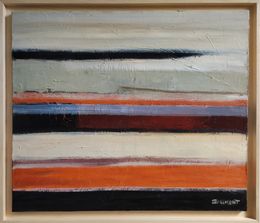
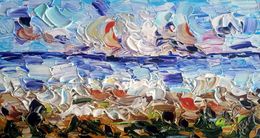
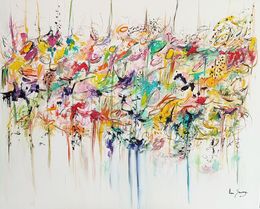
Le bonheur en couleurs
Âme Sauvage
Painting - 81 x 100 x 2.4 cm Painting - 31.9 x 39.4 x 0.9 inch
€1,050
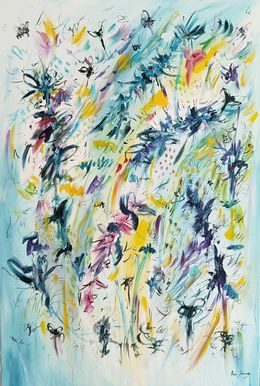
Les êtres de la nature
Âme Sauvage
Painting - 120 x 80 x 2.4 cm Painting - 47.2 x 31.5 x 0.9 inch
€1,050
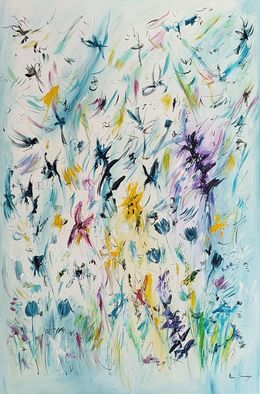
Les fées des fleurs
Âme Sauvage
Painting - 120 x 80 x 2.4 cm Painting - 47.2 x 31.5 x 0.9 inch
€1,050

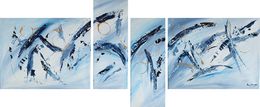



Peinture 12-2020-122
Alain Bécanne
Painting - 120 x 100 x 4 cm Painting - 47.2 x 39.4 x 1.6 inch
€900

Lanterne Veneziane
Antonino Puliafico
Painting - 87 x 105 x 2 cm Painting - 34.3 x 41.3 x 0.8 inch
€1,926

Lavanda di luce
Antonino Puliafico
Painting - 95 x 114 x 2 cm Painting - 37.4 x 44.9 x 0.8 inch
€1,926

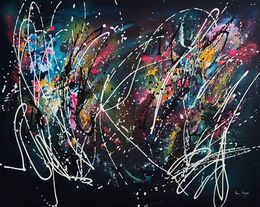
Le tracé des étoiles
Âme Sauvage
Painting - 81 x 100 x 2.4 cm Painting - 31.9 x 39.4 x 0.9 inch
€1,050
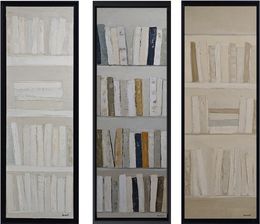
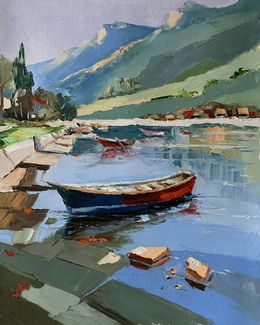

Peinture 01-2023-08
Alain Bécanne
Painting - 120 x 150 x 4 cm Painting - 47.2 x 59.1 x 1.6 inch
€1,700

Peinture Octobre 2019-77
Alain Bécanne
Painting - 97 x 130 x 2.5 cm Painting - 38.2 x 51.2 x 1 inch
€1,000

Peinture 07-2027-36
Alain Bécanne
Painting - 100 x 100 x 4 cm Painting - 39.4 x 39.4 x 1.6 inch
€900


Peinture 04-2024-25
Alain Bécanne
Painting - 120 x 150 x 4 cm Painting - 47.2 x 59.1 x 1.6 inch
€1,700

Luci sospese
Antonino Puliafico
Painting - 100 x 115 x 1 cm Painting - 39.4 x 45.3 x 0.4 inch
€1,700

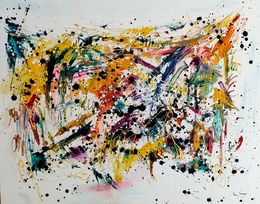
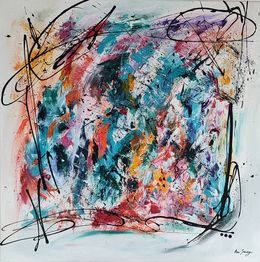
Les couleurs du paradis
Âme Sauvage
Painting - 90 x 90 x 2 cm Painting - 35.4 x 35.4 x 0.8 inch
€900
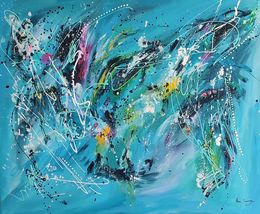
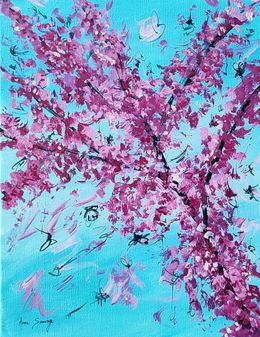
Les fleurs du cerisier 2
Âme Sauvage
Painting - 35 x 27 x 2 cm Painting - 13.8 x 10.6 x 0.8 inch
€89
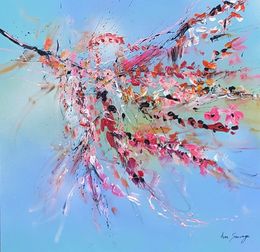
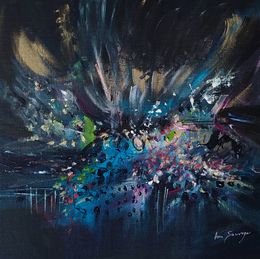
Aux confins de la voie lactée
Âme Sauvage
Painting - 30 x 30 x 0.3 cm Painting - 11.8 x 11.8 x 0.1 inch
€75


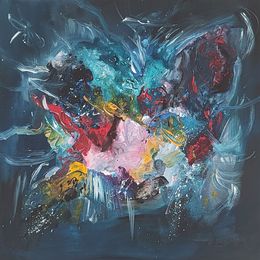

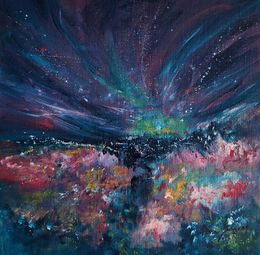


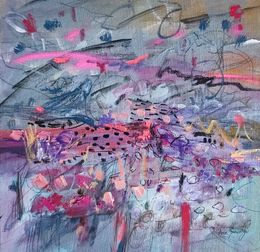
Tumulte au pays des roses
Âme Sauvage
Painting - 30 x 30 x 0.3 cm Painting - 11.8 x 11.8 x 0.1 inch
€75
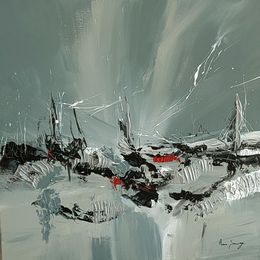

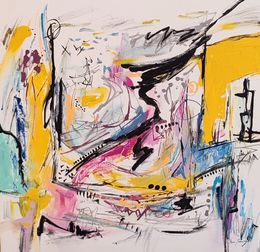

Connexions cérébrales
Âme Sauvage
Painting - 40 x 40 x 2.4 cm Painting - 15.7 x 15.7 x 0.9 inch
€320
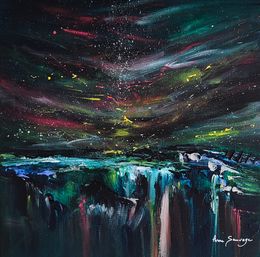
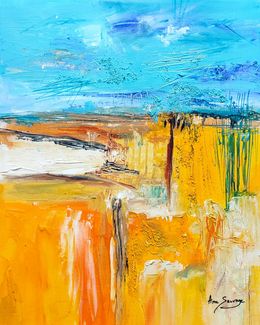


Peinture 06-2023-49
Alain Bécanne
Painting - 100 x 120 x 4 cm Painting - 39.4 x 47.2 x 1.6 inch
€950
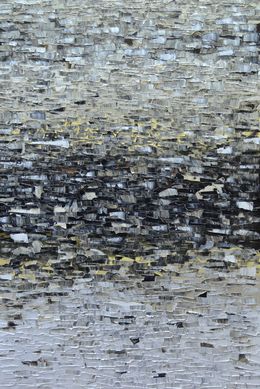

Peinture 04-2024-22
Alain Bécanne
Painting - 120 x 100 x 4 cm Painting - 47.2 x 39.4 x 1.6 inch
€950
